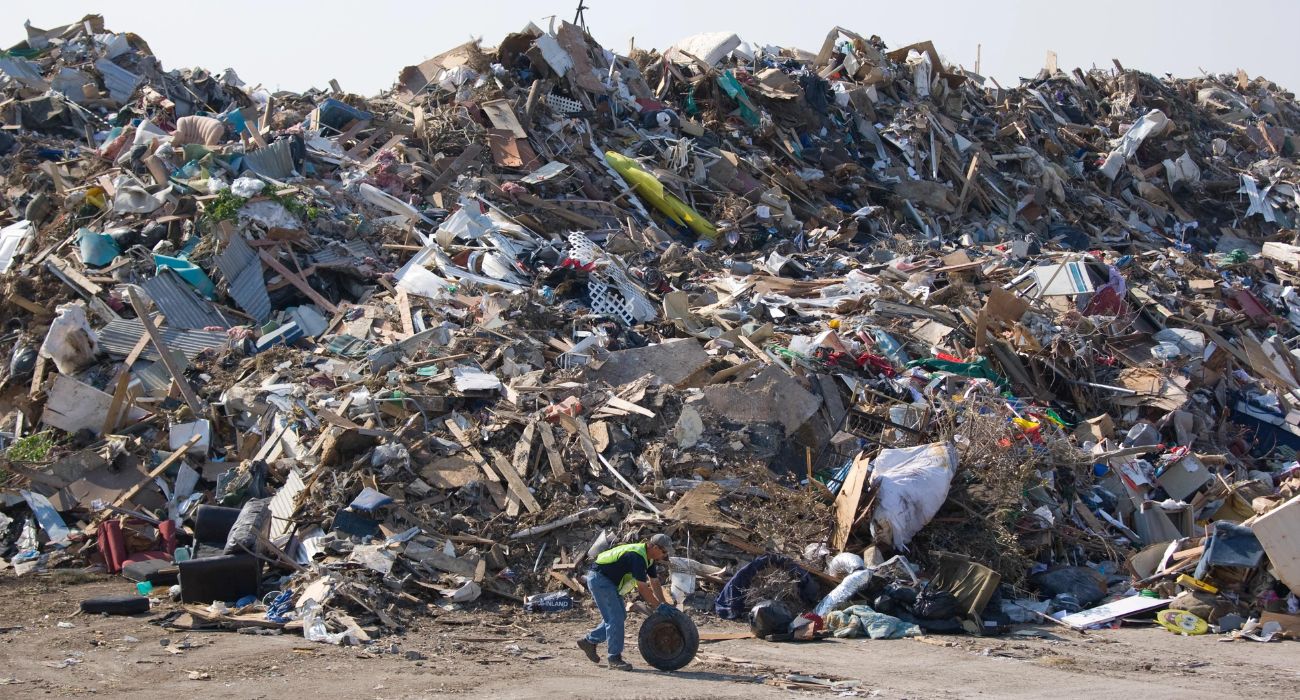The U.S. House of Representatives has approved the most expensive project ever undertaken by the U.S. Army Corps of Engineers in preparation for future storms in Texas.
The $858 billion National Defense Authorization Act passed through the House with a 350-80 vote, AP News reported. It will advance the Water Resources Development Act of 2022, which authorizes projects across the nation to protect from storms, improve the environment, and more.
The act includes a $34 billion plan to establish a coastal barrier — a response to Hurricane Ike, which hit Galveston 14 years ago and caused $30 billion in damage, AP News reported.
The greenlit Texas coastal protection project involved in the bill is bigger than any of the other approved projects, according to AP News.
Other approved projects include $1.2 billion toward raising Louisiana homes and businesses and $6.3 billion for deepening New York City shipping channels.
Rep. Mondaire Jones (D-NY) argued that the bill authorized too much spending, AP News reported.
“While working families are being crushed by inflation, we shouldn’t be spending $45 billion MORE than the President requested,” Jones claimed.
The idea for a large coastal barrier came from Texas A&M University Professor Bill Merrell, according to AP News.
“It was quite different than anything we had done in the United States and it took us a little while to come around to it,” Merrell said.
Floodgates would be a major part of the coastal barrier, some as large as 650 feet wide.
The barrier would protect Galveston Bay from a storm surge, AP News reported. Research from Rice University in Houston found that a 24-foot surge from a Category 4 storm had the potential to release over 90 million gallons of hazardous substances.
The chief of the Army Corps of Engineers Galveston District’s mega projects division, Mike Braden, told AP News that coastal barriers can decrease major storm damage.
“It significantly reduces the risk of that catastrophic storm surge event that is not recoverable,” Braden said.
The Houston Audubon Society expressed concerns about the project damaging natural ecosystems in Texas, AP News reported. The organization is worried about the impact on crab, fish, and shrimp populations.
Funding for the coastal barrier has presented a challenge as well, according to AP News. A majority of the funds will come from the federal government. State and local entities will also contribute.
In addition to authorizing the coastal barrier, the bill includes policy measures that will impact how storm-damaged communities are rebuilt.
Jimmy Hague, the senior water policy advisor for the Nature Conservancy, told AP News, “The future for a lot of these communities is not going to look like the past.”
Merrell will turn 80 next year and shared that he likely will not see the end product of the coastal barrier.
“I just hope the end product comes and it protects my children and grandchildren and all the other citizens of this area,” he said. He told AP News that he nonetheless hopes to see the start of the project.
The drafting of the Texas coastal protection plan involved around 200 people and took six years of studies. Construction could take approximately two decades from start to finish.
The Water Resources Development Act of 2022 will advance to the Senate next.






